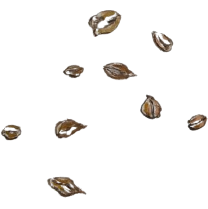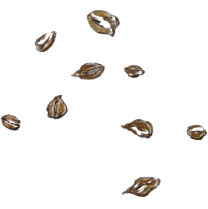
Physical Violence
Physical violence: is the intentional use of physical force, used with potential for causing harm, injury, disability or death. This is the most widely recognised type of domestic abuse and most commonly identified.


Types
- Burning
- Beating with objects
- Imprisoning
- Restraining
- Being urinated on
- Starving
- Force feeding
- Being spat on
- Sleep deprivation
- Pushing/Hitting
- Kicking
- Use of weapon
- Ear pulling
- Slapping
- Punching
- Pulling, dragging by hair
- Throwing objects
- Make to hit to cause fear
- Stabbing
- Strangulation
- Choking
- Murder
Effects
- Exhaustion
- Flinching from physical touch
- Wary of being examined by health professionals
- Traumatic stress symptoms
- Hair loss
- Hearing loss
- Bruising
- Scars
- Weight loss/gain
- Loss of teeth
- Chronic ill health
- Death


The cycle of violence theory
Dr L. Walker.
The cycle of violence theory states that abusive relationships generally consist of three phases.
Tension
Phase
A tension building phase
– where the abusive partner becomes irritable, controlling and potentially verbally abusive while the woman describes she feels like she is ‘walking on eggshells’.
Explosive
Phase
An explosive phase
– where violence and an aggressive outburst is present; and a honeymoon phase, in which the abusive partner wins back the woman with flowers and apologies.
Honeymoon
Phase
The “honeymoon phase.”
– when they do, this is more accurately described as the “manipulation phase”, because it is a coercive control tactic on the part of the abuser.
Barriers to leaving abusive and violent relationships
Frequently people ask, if things are that bad, ‘why doesn’t she just leave’ or ‘why does she stay?’ Leaving an abusive and violent relationship is not a straightforward process. There are many barriers to navigate in relation to safety, particularly as leaving is reported to be the most dangerous time. Up to 75% of homicides occur upon separation and there is an increase of violence for up to 2 years after separation.
-
Fear
- of not being believed, of threats, of retaliation; of being killed; of the abuser hurting loved ones; of being stalked.
-
Children
- fear for their safety if the abuser has threatened to hurt them if they leave; custody concerns (such as the abuser gaining custody, which still occurs in 50% of cases); child abuse that has occurred as a result of trying to leave in the past.
-
Isolation
- from friends, family, community support and resources, as abusers often attempt to cut survivors off from support networks as a control mechanism. This often includes monitoring of a survivor’s texts, emails, and social media accounts.
-
Economic necessity
- the abusive partner may control the finances or be the sole source of finances for the family; the abusive partner may have destroyed the survivor’s credit. Lack of resources makes it seem impossible to leave.
-
Homelessness
- the abusive partner may threaten to force the survivor and possibly their children out of their living situation; the abusive partner may have full control over the survivor’s living situation.
-
Religious, cultural and/or family pressures to stay together
- it is important to note that all cultures have both traditions of resistance to relationship abuse as well as forms of acceptance of it. Culture cannot excuse relationship abuse, though abusers may use ‘culture’ as a way to justify their choice to abuse. Abuse is not inherent or natural to any culture or group— it is always a choice.
-
Hope/belief
- that a partner will change, often resulting from manipulative tactics by the abuser. This may also be influenced by concern for a partner’s wellbeing: fear that the partner will be arrested, imprisoned, deported etc. which may have consequences for retaliation, finances, and children.
-
Shame, stigma or belief
- that the abuse is the woman's fault, largely because of societal myths and victim blaming.
Spiritual abuse
Spiritual abuse ‘’When a spiritual or religious leader, system, or individual attempts to control and/or manipulate another individual using religious text or practices.’’
Read moreCoercive Control
Coercive control is an act or a pattern of acts of assault, threats, humiliation, and intimidation, or other abuse that is used to harm, punish, or frighten the victim.
Read moreFinancial Abuse
Economic and financial abuse is designed to reinforce or create economic instability. In this way, it limits a woman’s choices and ability to access safety.
Read moreEmotional Abuse
Emotional abuse is one of the hardest forms of abuse to recognise, and is always present in a relationship where there is domestic violence.
Read more Exit
Exit


